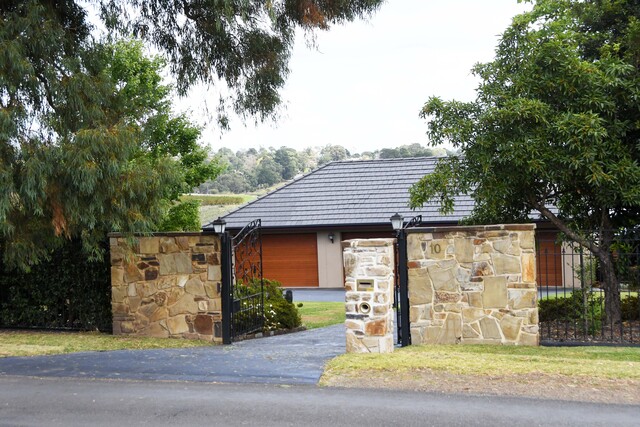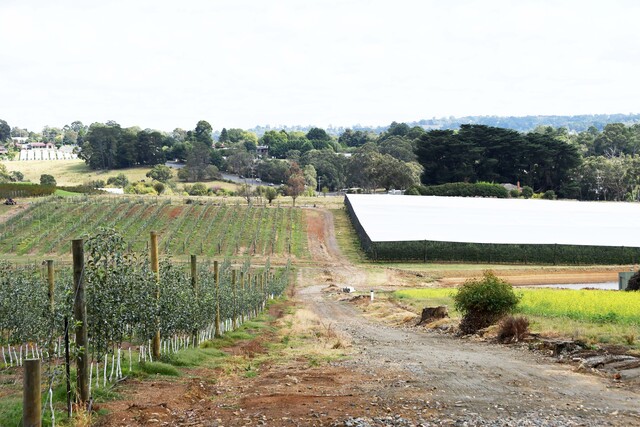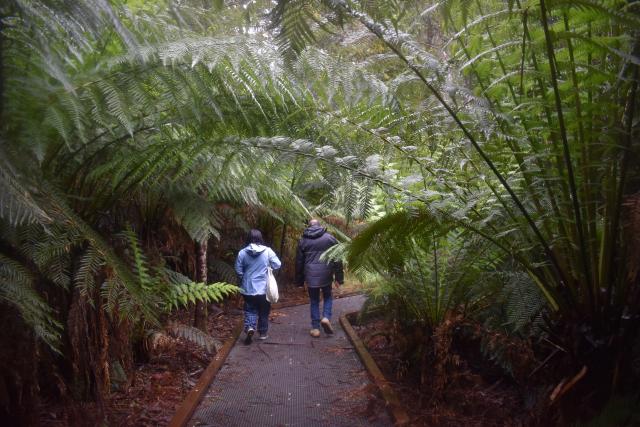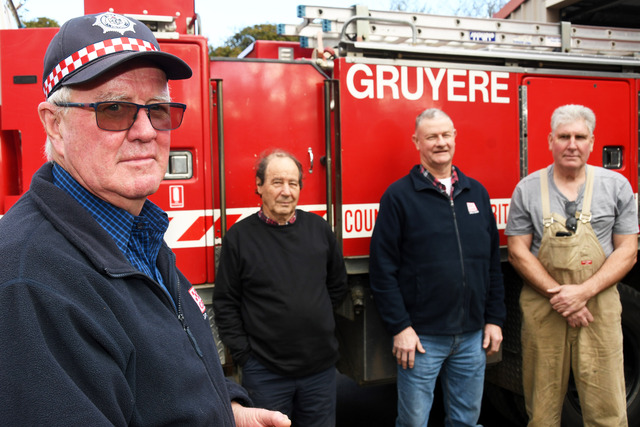A persistent property owner in Wandin North has had an appeal for a subdivision application rejected by VCAT, following an initial rejection from Yarra Ranges Council.
MV Napoleone & Co Properties Pty Ltd challenged the refusal to grant a permit by the council and referral authority Melbourne Water for a re-subdivision of two existing lots at 10 and 30 Quayle Road, Wandin North.
VCAT Member Christopher Harty said in the decision that the applicant sought to create a new lot for the existing dwelling and create a new, larger lot for the balance of the land which is and can be used for farming purposes.
“The applicant says having a larger lot retained for agricultural purposes negates the risk of the land being fragmented and allows the owner/occupier of the existing dwelling to continue in their current living arrangements,” the decision reads.
“The applicant says the proposed subdivision will support agriculture and represents an acceptable planning outcome.”
The proposed subdivision would mean that the proposed Lot 1 would change from 5.63 hectares (equivalent to 56,300 square metres) to 4422 square metres and contain the existing dwelling while the proposed Lot 2 will grow from 3.24 hectares to 8.429 hectares to create increased opportunities for agricultural use.
Mr Harty said Council’s grounds for refusing the permit generally relate to the proposed subdivision creating a small lot for an existing dwelling which will lead to a residential lifestyle lot that will be an incompatible land use with surrounding agriculture.
“The subdivision will not protect agricultural areas and will have a detrimental impact on the continuation of agricultural production in the area,” the decision reads.
Melbourne Water were also a determining referral authority in th case, due to the presence of the nearby Wild Cattle Creek.
“They [Melbourne Water] offered no objection subject to a condition requiring an amendment to the plan of subdivision to include a minimum 20-metre-wide easement on both sides of Wild Cattle Creek which dissects across the site for the purpose of wetland, floodplain, drainage, and stormwater management,” the decision reads.
10 Quayle Road has also previously seen two re-subdivision applications for the site at 524 Warburton Highway, Wandin North refused by Yarra Ranges Council. The applicant in 2013 was The Estate of Mr J M Napoleone and Mr J Napoleone in 2016.
Before considering the key issues of the case, Mr Harty was satisfied the case fit the provision under the GWZ (Green Wedge Zone) where a permit may be granted to create smaller lots, which in this case was the creation of one smaller lot involving the re-subdivision of two existing lots.
On the merits of the application, however, Mr Harty said the issues raised within the context of the review relate to the subdivision’s impact on agriculture.
“There is also an issue regarding a condition sought by Melbourne Water with respect to buffers along an existing waterway known as Wild Cattle Creek that dissects the site which the applicant says does not reasonably relate to what is being applied for or proposed,” he said.
Under the Green Wedge Zone which covers large swathes of the Yarra Ranges, the use of land for agricultural activities and protection of Green Wedge land is promoted, to the point where agriculture does not require a permit for use while a dwelling does.
Mr Harty said he notes the strategic directions include discouraging additional dwellings that would have an adverse impact on farming operations.
“I acknowledge that no additional dwellings are proposed because of the re-subdivision of the two existing lots, however, I do note Council’s concerns that creation of a small lot solely for the existing dwelling on 10 Quayle Road would potentially lead to an adverse impact on adjoining agricultural production and activity,” the decision reads.
Yarra Ranges Council’s submission showed that in images, the land at 10 Quayle Road had an orchard while 30 Quayle Road had cleared pasture but during an inspection, Mr Harty found the orchard trees had been recently removed at 10 Quayle Road with a newly established orchard planted at 30 Quayle Road.
The site is part of the applicant’s larger overall land holding which contains fruit orchards and a processing plant the large agricultural business.
Both the applicant and Council referenced previous and existing subdivisions nearby which resulted in small lots with existing dwellings such as 20 and 25 Wallace Road to the north of the site and on the other side of the Warburton Highway and at 40 Quayle Road to the immediate south of the site.
“The applicant says this form of subdivision, where dwellings have been effectively excised from the balance of land used for agricultural activity already exists in the area. Council takes a contrary view saying that these types of past subdivisions, although approved, are now considered to be past poor planning decisions,” the decision reads.
“Council says the proposed re-subdivision effectively disconnects the existing dwelling on 10 Quayle Road from present agricultural activity on the land. It says the result will be to create a rural lifestyle lot with the existing dwelling potentially forming a rural residential allotment that poses a risk to the continuing ability for the adjoining land to be farmed,”
Council argued the creation of Lot 1 would result in a permanent change in the land use of Lot 1 by removing any form of agricultural activity which will impact on surrounding farming, while the applicant argued it would consolidate and protect the agricultural land on Lot 2 from fragmentation and protect it for future agricultural use.
Mr Harty was not persuaded that a permit should be granted that creates a small lot solely for an existing dwelling with the potential to create a land use conflict with agricultural activity.
“I accept that existing conflicts brought about by past planning decisions must be managed but the purpose of current planning policy is to avoid creating additional conflicts. The method of avoiding additional conflicts is clear in current planning policy,” the decision reads.
“Existing agricultural uses are to be protected by avoiding the creation of distinctly rural-residential lifestyle properties nearby.”
While redundant due to the permit not being granted, Melbourne Water’s condition for an easement should a permit have been granted was considered relevant but also ‘a rather ad-hoc approach to seeking improved management and protection of waterway health.’
“Whilst, I would have included the condition if I was of a mind to grant a permit, I also consider the means of implementation leaves a lot to be desired in terms of integrated planning, the decision reads.
“The absence of similar easements to the north and south of the site along this waterway makes the benefit of the inclusion of the condition somewhat weakened.”








